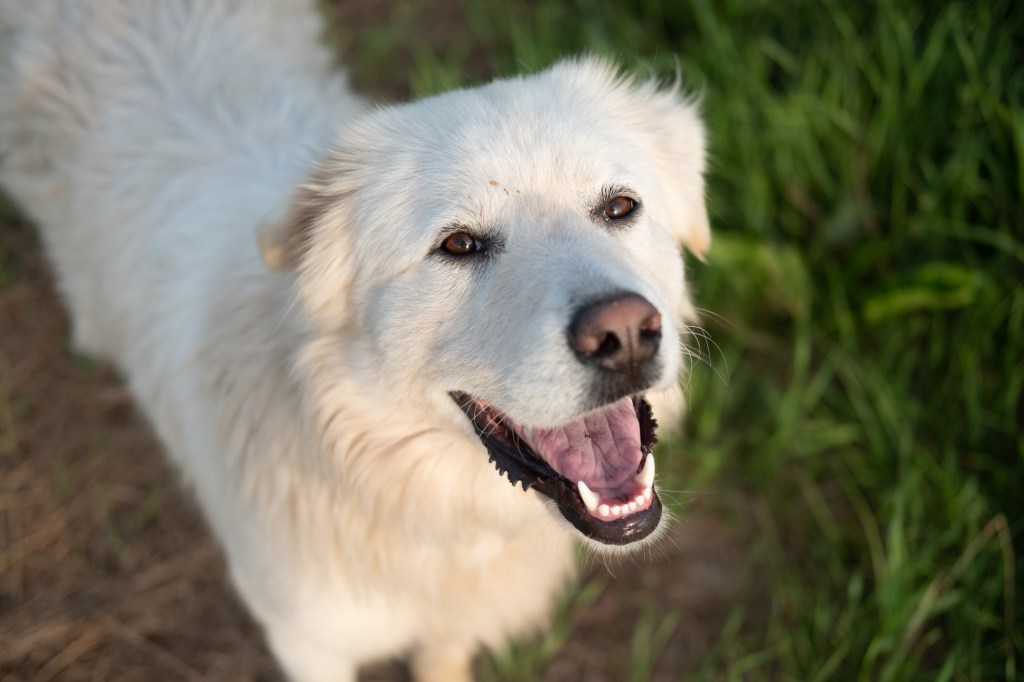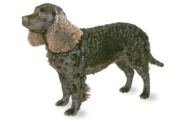Sensitivity levels in dogs vary widely among breeds and individuals. This trait can be determined by how a dog responds to their environment. While some dogs remain unfazed by stern reprimands or surrounding stimuli, others are more sensitive. Even the slightest disapproving glance or the sound of a passing car can affect a sensitive dog. Dogs with a low sensitivity level, also known as “easygoing,” “tolerant,” “resilient,” or “thick-skinned,” are better equipped to handle a bustling household, assertive owners, and unpredictable routines. If you have young children, frequently host social gatherings, engage in noisy activities like playing in a band, or live a busy, unpredictable life, a low sensitivity level dog may be the ideal choice for you.
Highly sensitive dogs are wired differently, with research indicating that their brains process sensory input more deeply. Evolutionarily speaking, scientists theorize high sensitivity levels could aid in survival by functioning as an early warning system, alerting the pack imminent danger. Sensitivity in dogs also includes how they interact with humans and other animals. Some dogs are naturally more sensitive, quickly picking up on subtle cues and changes in their surroundings. Others are more resilient and are able to brush off minor disturbances. Factors such as genetics, early socialization, and life experiences can all contribute to a dog’s sensitivity levels. Highly sensitive dogs may react strongly to loud noises, sudden movements, or changes in routine, while less sensitive dogs may remain calm and composed in similar situations. Being “highly-sensitive” doesn’t always only mean “highly anxious”. Highly-sensitive dogs may also be more empathetic, more affectionate, or serve as better guardians.
Tips for highly-sensitive dogs

Helping highly sensitive dogs involves creating a calm environment, establishing predictable routines, and using positive reinforcement training techniques. Gradually expose them to new experiences while providing mental stimulation and regular exercise to reduce anxiety and boredom. Monitor their diet and health, offering emotional support and reassurance to help them feel secure and valued.

























